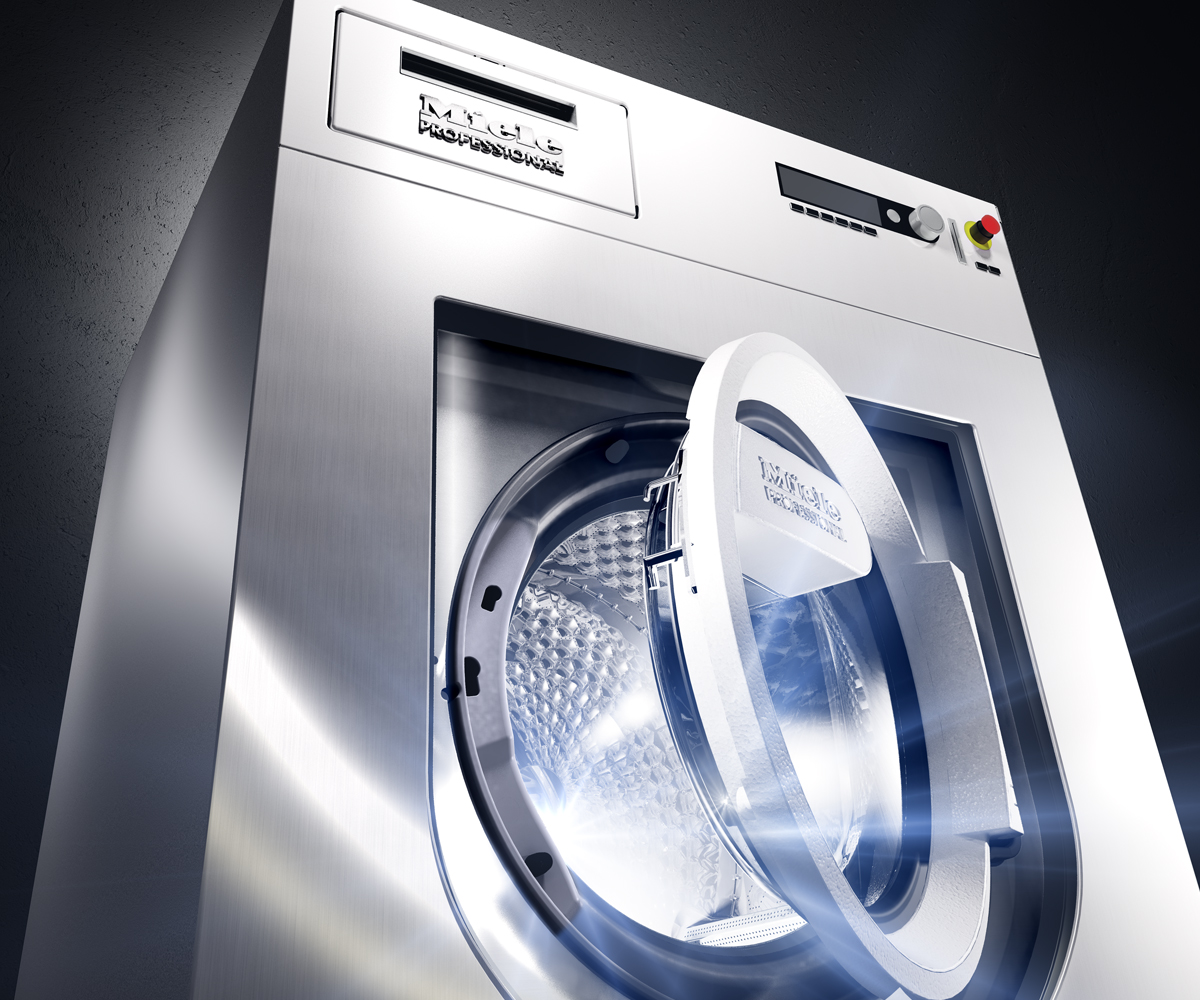

It measures perceptions of usability, credibility and trust, loyalty, and appearance. The average SUPR-Q score is 50%: The Standardized Universal Percentile Rank Questionnaire (SUPR-Q) is comprised of 13 items and is backed by a rolling database of 200 websites. For example, a SUM % score (from averaging completion rates, task-time and task-difficulty) of a 55 was at the 25th percentile–meaning it was worse than 75% of all tasks.Ĩ.
#UNIQUE BENCHMARK TESTING SOFTWARE#
Table 2: SUM Percent Scores from 100 website and consumer software tasks and percentile ranks. For example, getting a SUM score for a task above 87% puts the task in the 95th percentile. The table below shows a table of SUM scores and the percentile ranking from the 100 tasks. However, most of the datasets I have used are only 3-metric SUM scores.

It will be higher for 4-metric scores, which include errors. Despite the context-sensitive nature, I’ve seen that across 100 tasks of websites and consumer software that the average SUM score is 65%. As such, it is impacted by completion rates which are context-dependent (see #1 above) and task times which fluctuate based on the complexity of the task. Average Single Usability Metric (SUM) score is 65%: The SUM is the average of task metrics-completion rates, task-times and task-difficulty ratings. (Note: This average SEQ score was updated to 5.5 in May 2022 from 4.8 reflecting the much larger set of data analyzed in the subsequent 10 years.)ħ. Across 200+ tasks we’ve found the average task-difficulty is a 5.5, higher than the nominal midpoint of 4, but consistent with other 7-point scales. A verage Task Difficulty using the Single Ease Question (SEQ) is 5.5: The SEQ is a single question that has users rate how difficult they found a task on a 7-point scale where 1 = very difficult and 7 = very easy. Associating completion rates with SUS scores is another way of making them more meaningful to stakeholders who are less familiar with the questionnaire.Ħ. The table of SUS scores above shows that across the 122 studies, we see average task completion rates of 100% can be associated with good SUS Scores (80) or great SUS scores (90+). High task completion is associated with SUS scores above 80: While task completion is the fundamental metric, just because you have high or perfect task completion doesn’t mean you have perfect usability. Adapted from A Practical Guide to SUS and updated by Jim Lewis 2012.ĥ.

Table 1: Raw System Usability Scale (SUS) scores, associated percentile ranks, completion rates and letter grades.
#UNIQUE BENCHMARK TESTING HOW TO#
The table below shows the percentile ranks for a range of scores, how to associate a letter grade to the SUS score, and the typical completion rates we see (also see #5). Across the 500 datasets we examined the average score was a 68. Its 10 items have been administered thousands of times. Average System Usability Scale (SUS) Score is 68: SUS is the most popular questionnaire for measuring the perception of usability. It could be that the bulk of users on any one website are new and are therefore less inclined to recommend things they are unfamiliar with.Ĥ. This suggests that users are less loyal to websites and, therefore, less likely to recommend them. The negative net promoter score shows that there are more detractors than promoters. Website Average Net Promoter Score is -14%: We also maintain a large database of Net Promoter Scores for websites. In examining 1,000 users across several popular consumer software products, we found the average NPS was 21%.ģ. Consumer Software Average Net Promoter Score (NPS) is 21%: The Net Promoter Score has become the default metric for many companies for measuring word-of-mouth (positive and negative).

While a “good” completion rate always depends on context, we’ve found that in over 1,100 tasks the average task completion rate is a 78%.Ģ. If users cannot complete what they came to do in a website or software, then not much else matters. Average Task Completion Rate is 78%: The fundamental usability metric is task completion. Here are 10 benchmarks with some context to help make your metrics more manageable.ġ. Like in sports, a good score depends on the metric and context. One of the first questions with any metric is “what’s a good score?”. Quantifying the user experience is the first step to making measured improvements.


 0 kommentar(er)
0 kommentar(er)
